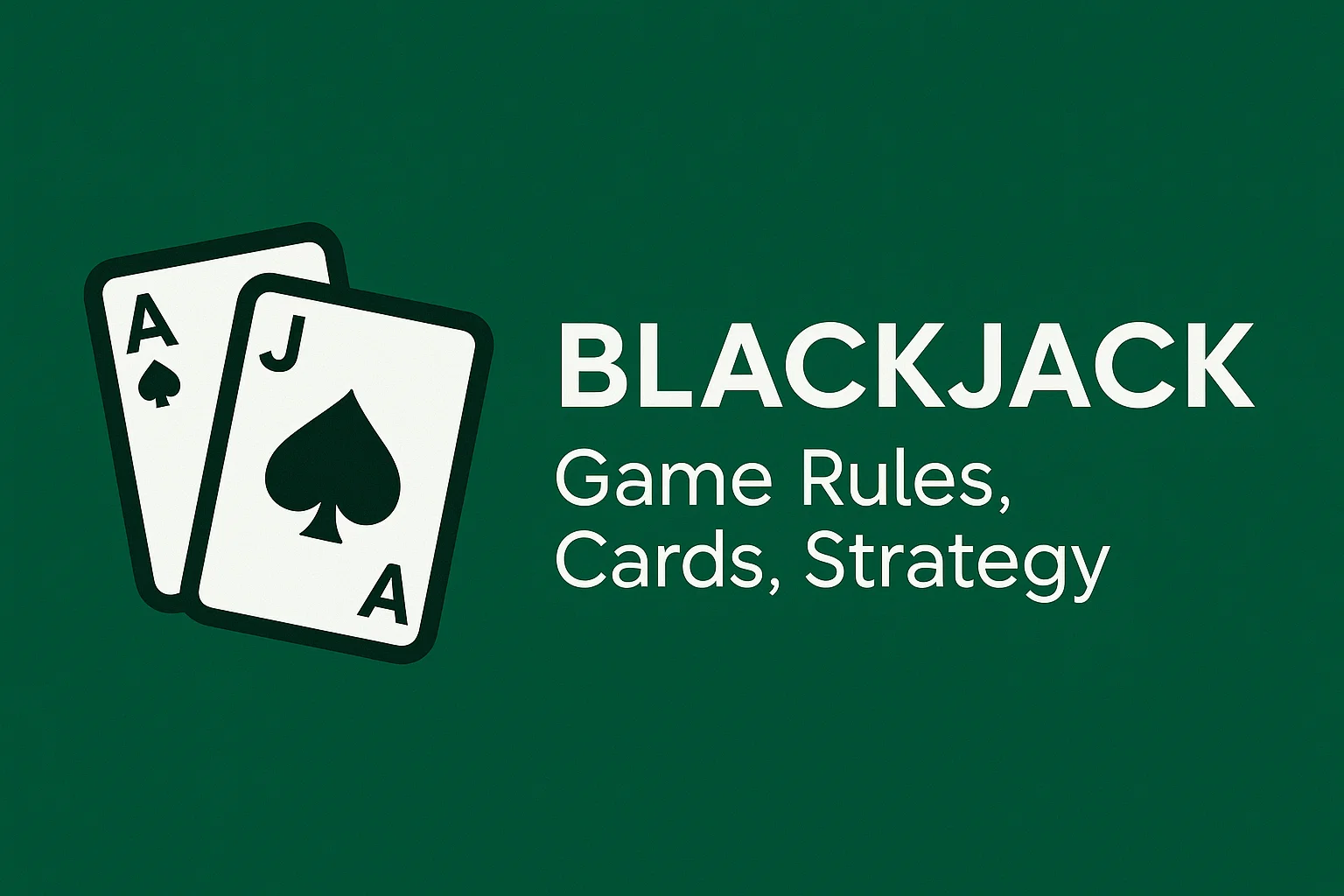
For many years, some games of luck have lasted over time, and blackjack is one. This old card game can go back to 15th-century France. From there it came to the U.S., where it got the same name we know now. “Jack” means an ace and a jack which make the best hand while “black” shows the spade suit for this mix
Today, folks all around the globe like both common tables and live blackjack online . This lets them feel real-time casino fun from their home. In this piece you ͏will learn what a blackjack is, why the game is played against a casino and which tactics new players can use to boost their chances.
How the Deal Works in Blackjack
A round of blackjack starts with bets and dealing. The dealer goes left to right, giving two cards to each player, and also deals two for themselves—one of which is face-up, the other face-down. Meanwhile, the players have both their cards face-up. The real fun begins when you try to value your hand against the dealer's upcard. You use your own hand's value to gauge whether the dealer has a better hand (hard 17 or more), a worse hand (any total less than 17), or the same hand (if the dealer also has an ace showing).
In a round, the following actions can be taken by players:
-
Hit – request an extra card;
-
Surrender: give up and end the round. All you do is lose half of your bet.
-
Maintain your current hand and bring the turn to a close.
-
Divide – if the participant’s two cards are of the same value, they may divide them into two hands;
-
Double – multiply the initial wager by two, take another card, and finish the round.
How to Count Points and Determine the Winner
It is necessary for all blackjack players to commit to memory the standard card values that are in use in casinos.
-
Face cards (jack, queen, king) are valued at 10 points.
-
The values of cards from two to ten equal their face values;
-
Aces are worth 11 points if they do not cause the total to exceed 21; otherwise, they are worth 1 point.
Because players can possess several cards, a hand made up of just two cards that total 21 beats any multi-card hand that also totals 21. A tie happens only when both the dealer and the player manage to get two cards that total 21. In that case, the bet is returned. There are no features in a standard blackjack game that pay you off for doing something other than winning.
Strategies Worth Using
If you want to amp up your blackjack game, don’t just rely on lucky cards and dealer mistakes. Aside from doing those two things, you should learn card counting and use some simple (but effective) math strategies. Everything blackjack-related seems to hinge on your starting hand, right? Well, not really—your hand on its own doesn’t matter nearly as much as the next card the dealer flips over and the 16 cards you can legally draw if your total is 12.
Should your sum be 10 or fewer, taking a gamble and requesting another card is likely to pay off. Even if your total equals 19 or 20, you're still in a position to win at blackjack.
Consider these starting suggestions:
-
Control your money, have a plan to bet, and don't chase your losses.
-
Don't mimic other players' actions and stay unfazed by their behavior.
-
Review completed strategy charts that include probabilities and optimal plays.
-
Steer clear of progressive betting systems.
Modern Variants of Blackjack
Prior to initiating gameplay, ensure that you thoroughly understand the regulations pertinent to the platform of your choosing. While you may be well-versed in the traditional rendition of the game, the following variants, alongside the classic iteration, are also enjoying widespread popularity:
-
European Blackjack – different dealing rules. Players are dealt one face-up card, followed by a second card in the next round. When you want to play your hand, you do so with both cards. You can only split aces; for all other pairs, you can just win, push, or lose. Doubling is also restricted.
-
Vegas Strip – enables the use of 4 or 8 decks for play. Even after the hands have been split, players can still double down.
-
Progressive Blackjack features side wagers that contribute to a growing jackpot. Players in this version can take on up to five different blackjack hands. When a player splits cards, all split hands are counted as one for blackjack purposes; that is, only the first hand is a true blackjack hand when the player splits aces.
-
Blackjack in Atlantic City – if an ace or ten is showing, the dealer checks to see if there's a blackjack.
Conclusion
Blackjack remains a favorite game among millions. Players usually win small, but that's not the reason the game has its loyal following. The reason is simple: Playing blackjack offers enjoyment without the probability involved in trying to recoup gambling losses. Even the best blackjack players win at a very modest rate. That's because the house has such a low edge (less than 1 percent with perfect play). Of course, this doesn't mean that every online casino features blackjack among its offerings.